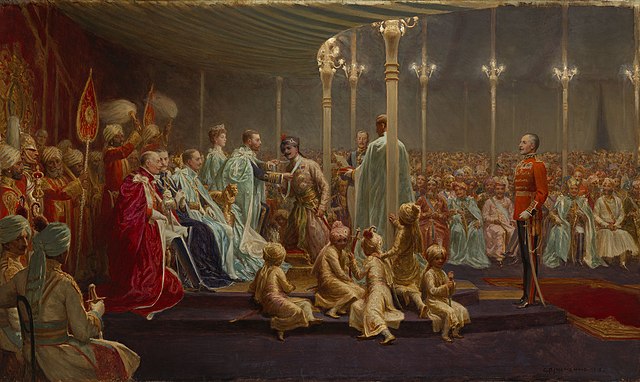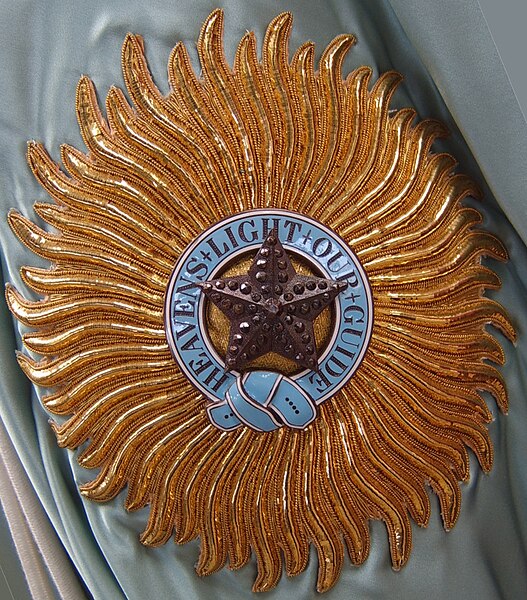Mir Osman Ali Khan, Asaf Jah VII was the last Nizam (ruler) of the Princely State of Kingdom of Hyderabad, the largest state in British India. He ascended the throne on 29 August 1911, at the age of 25 and ruled the Kingdom of Hyderabad between 1911 and 1948, until India annexed it. He was styled as His Exalted Highness (H.E.H) the Nizam of Hyderabad, and was widely considered one of the world's wealthiest people of all time. With some estimates placing his wealth at 2% of U.S. GDP, his portrait was on the cover of Time magazine in 1937. As a semi-autonomous monarch, he had his mint, printing his currency, the Hyderabadi rupee, and had a private treasury that was said to contain £100 million in gold and silver bullion, and a further £400 million of jewels. The major source of his wealth was the Golconda mines, the only supplier of diamonds in the world at that time. Among them was the Jacob Diamond, valued at some £50 million, and used by the Nizam as a paperweight.

Mir Osman Ali Khan in 1926
The Nizam when he ascended the throne at 25 years of age
The Nizam pays homage to King George and Queen Mary at the Delhi Durbar, December 1911.
President of Yugoslavia Josip Broz Tito meeting with the Nizam, c. 1956
Order of the Star of India
The Most Exalted Order of the Star of India is an order of chivalry founded by Queen Victoria in 1861. The Order includes members of three classes:Knight Grand Commander (GCSI)
Knight Commander (KCSI)
Companion (CSI)
George V investing an Indian Prince with The Star of India, 14th December, 1911 by William Barnes Wollen
Investiture of the Star of India, Delhi (detail), by George Jacomb-Hood. King George V is depicted awarding the GCSI to Ganga Singh, Maharaja of Bikaner, at the 1911 Delhi Durbar
Mantle of the Order
Representation of the star of the order on the mantle








